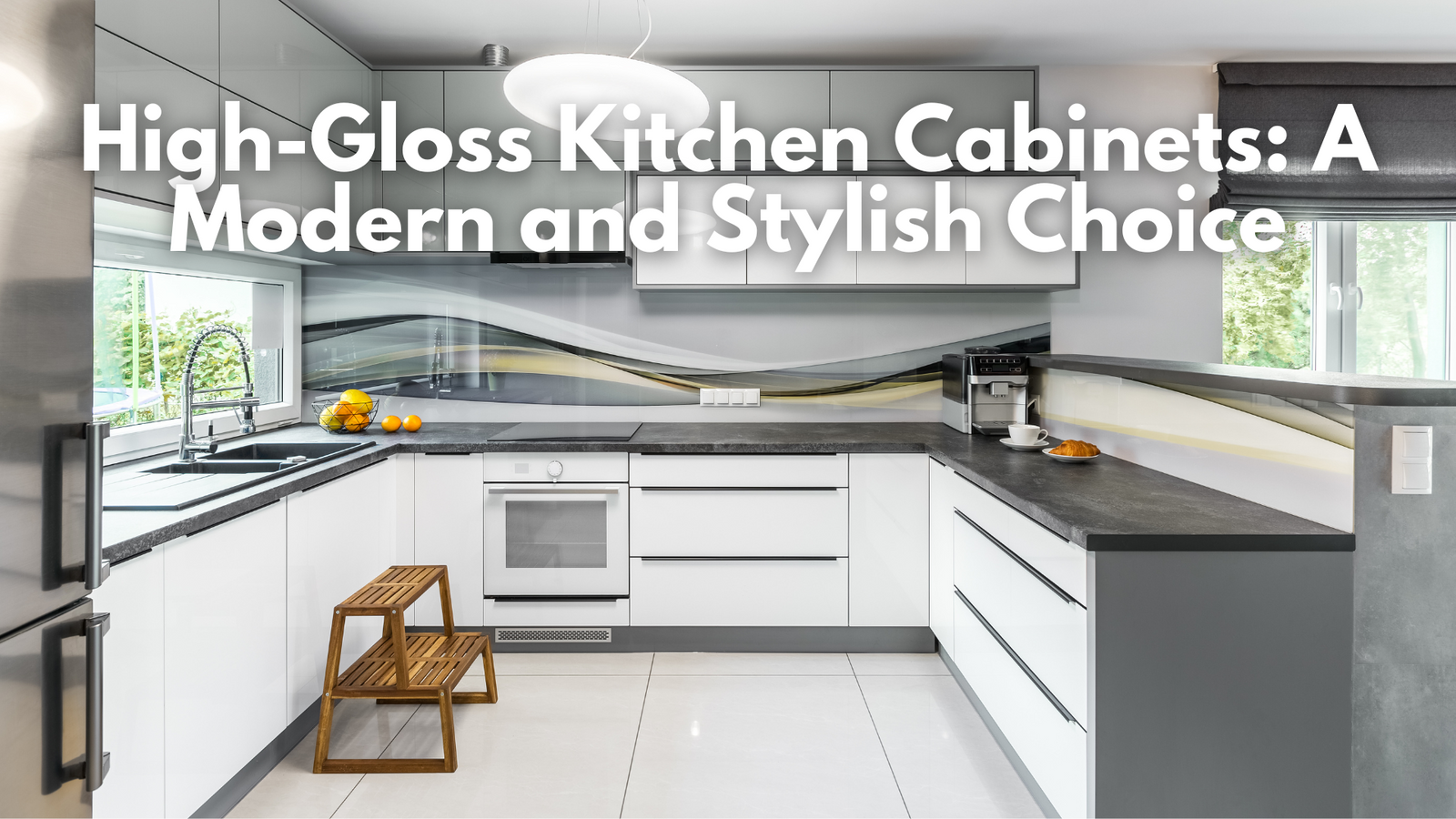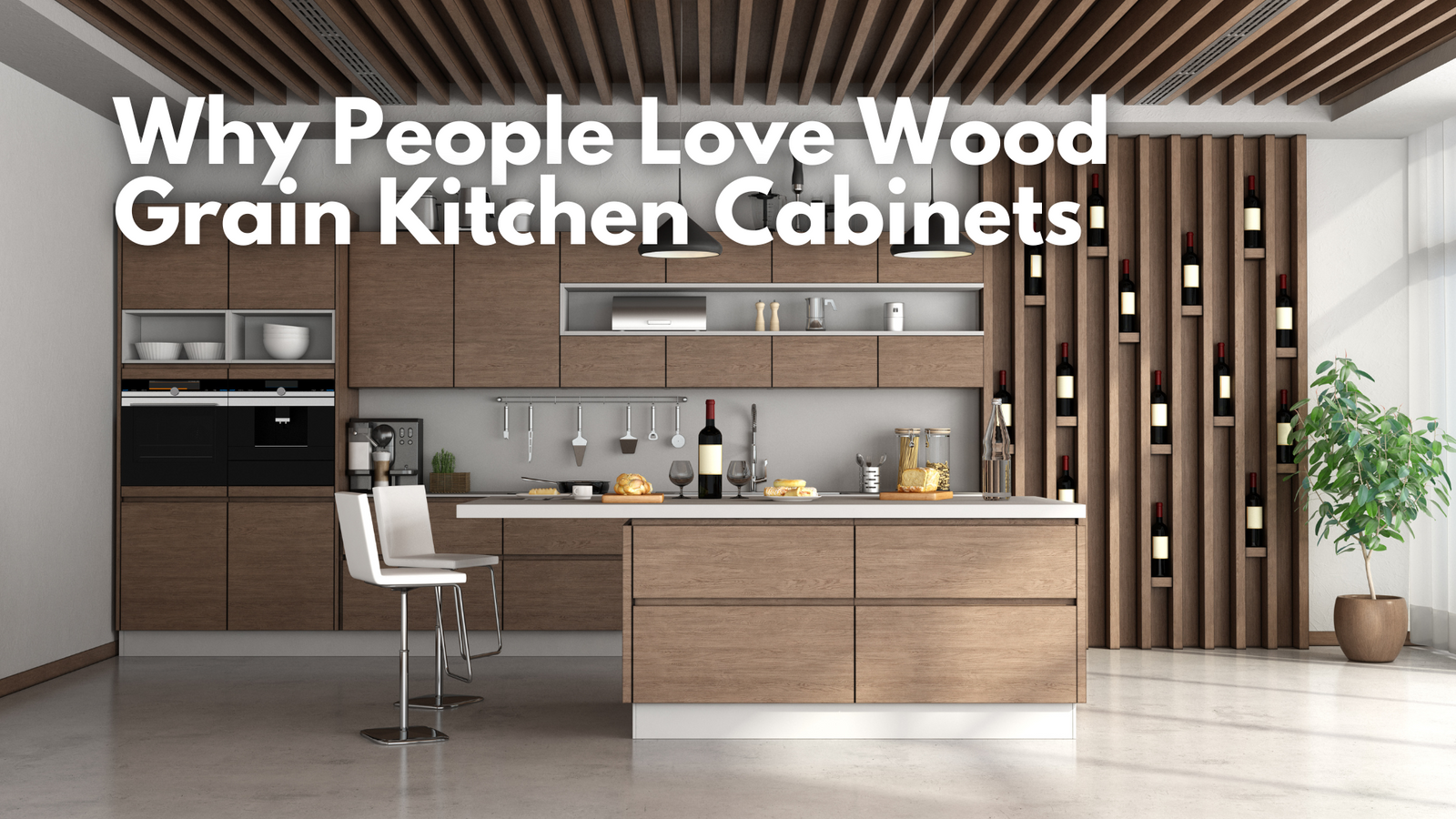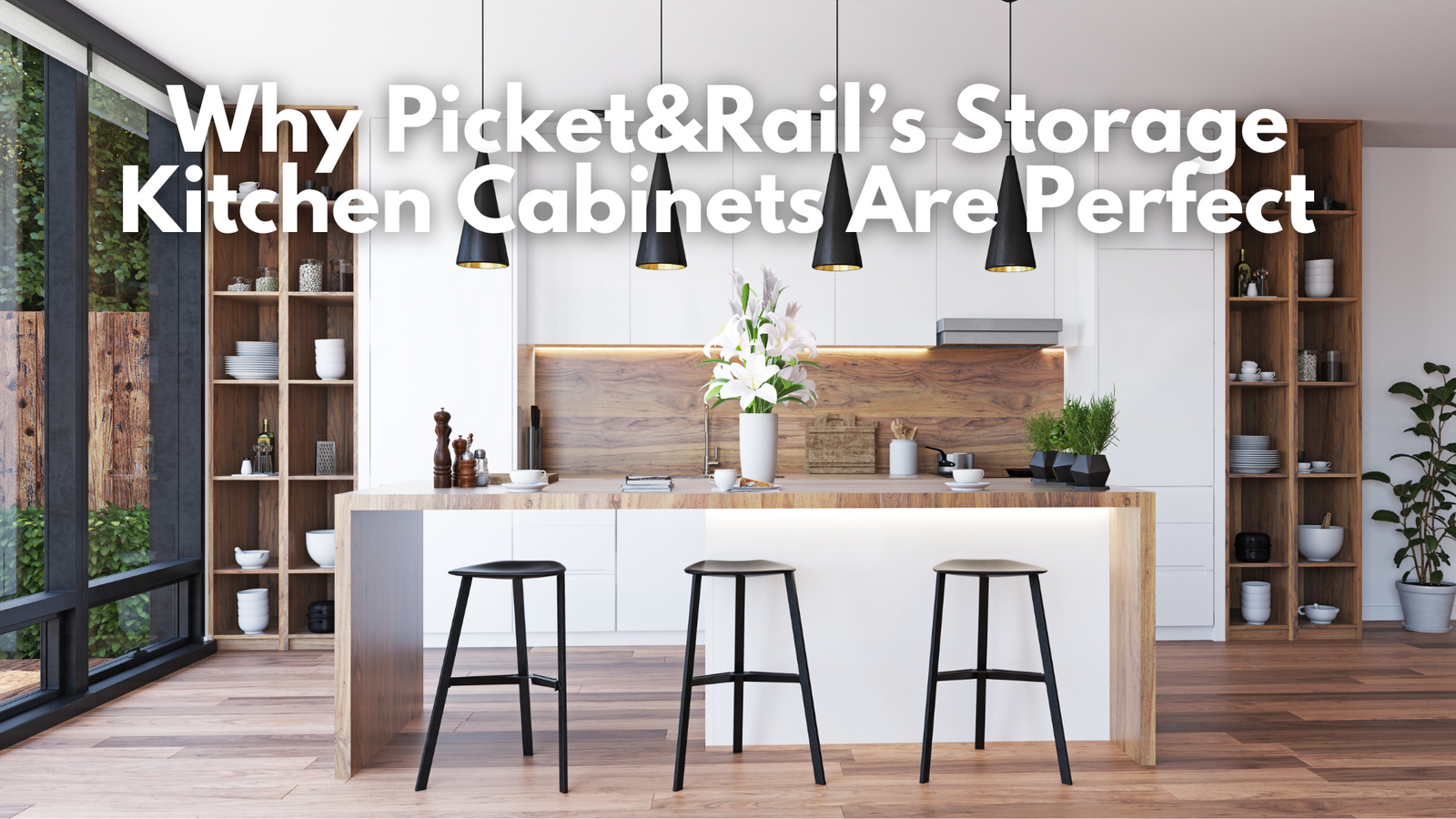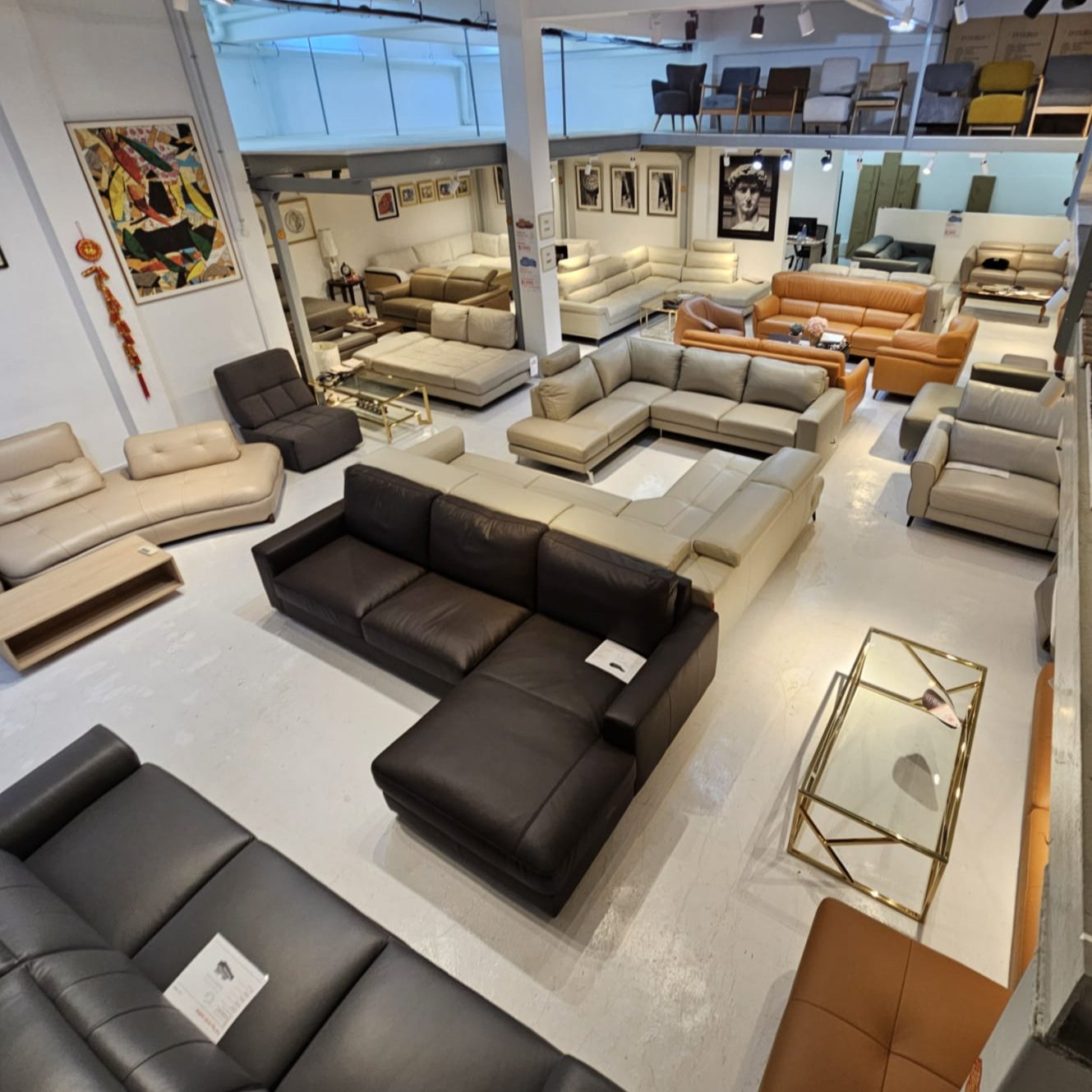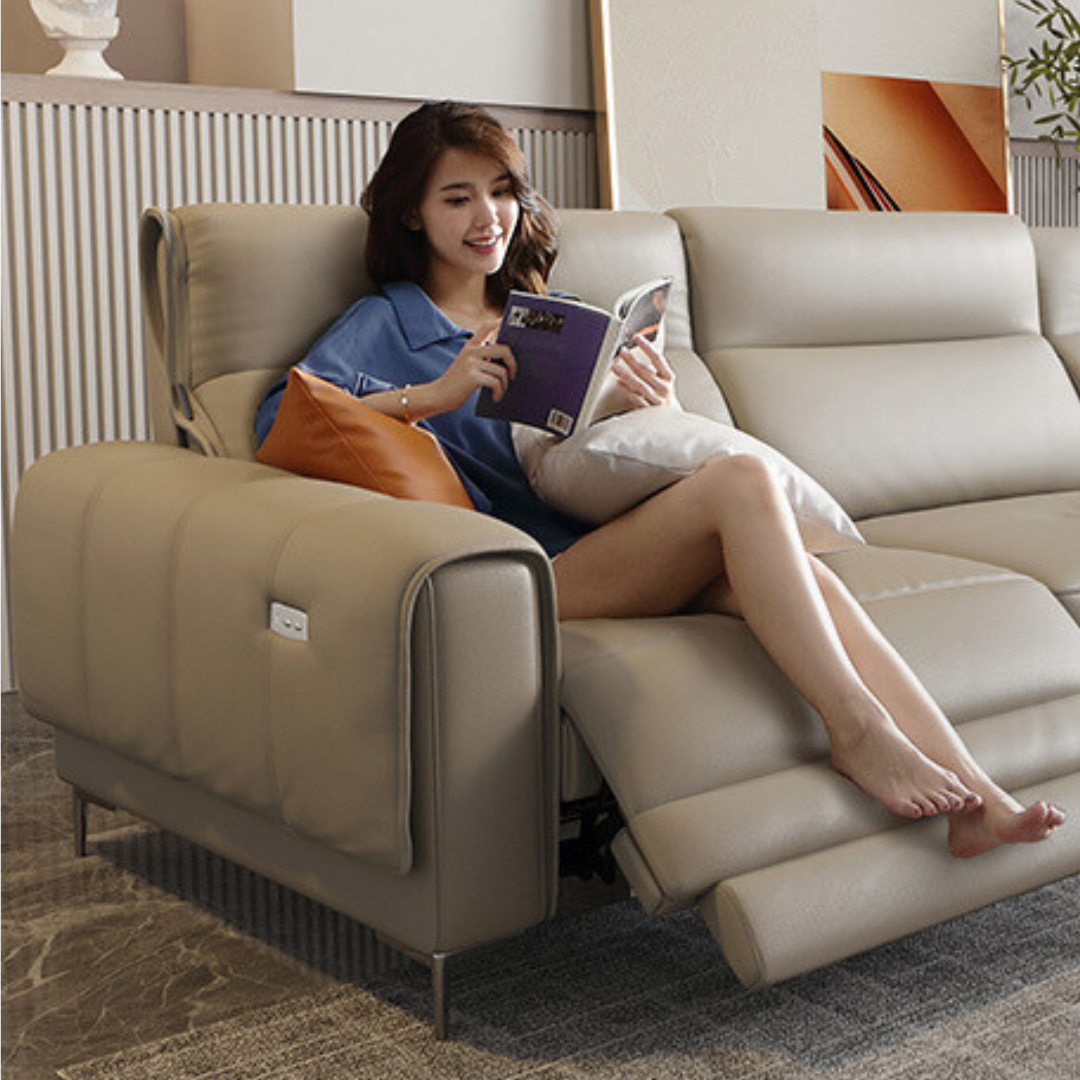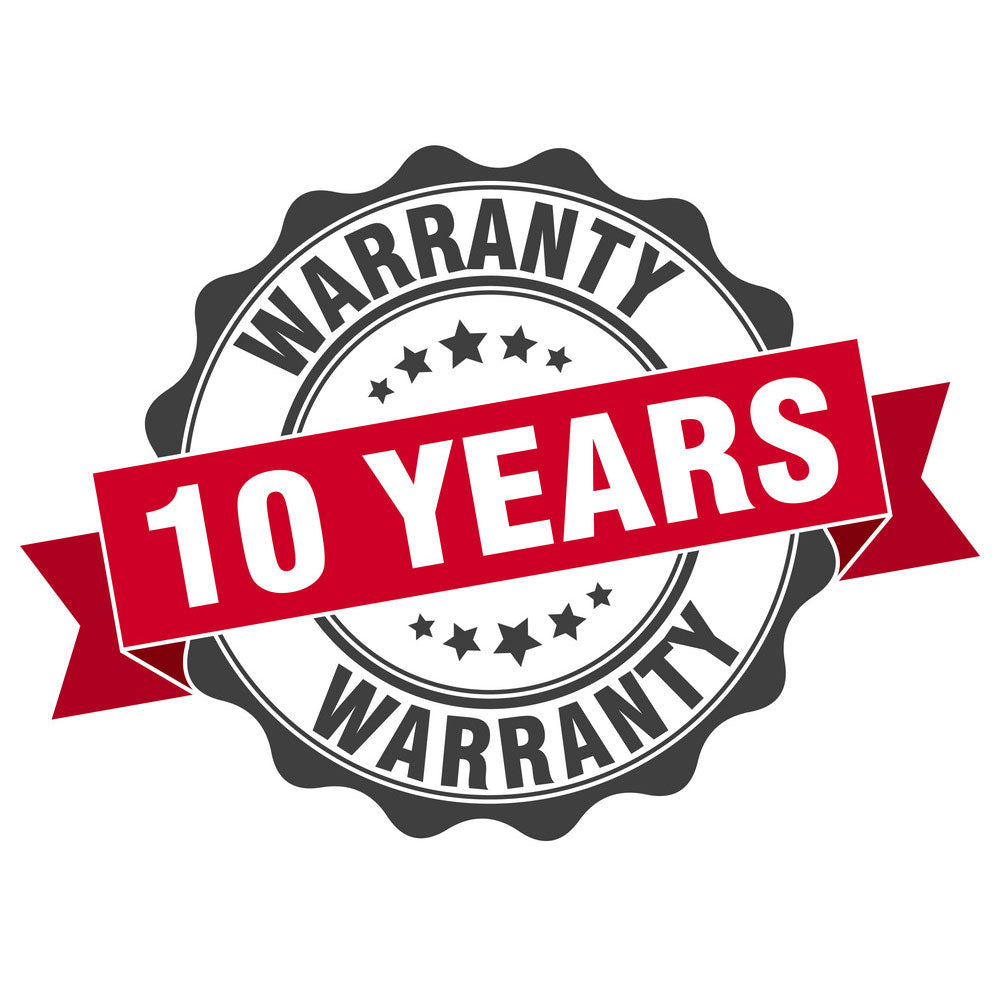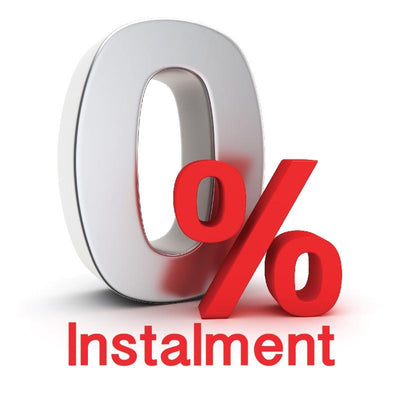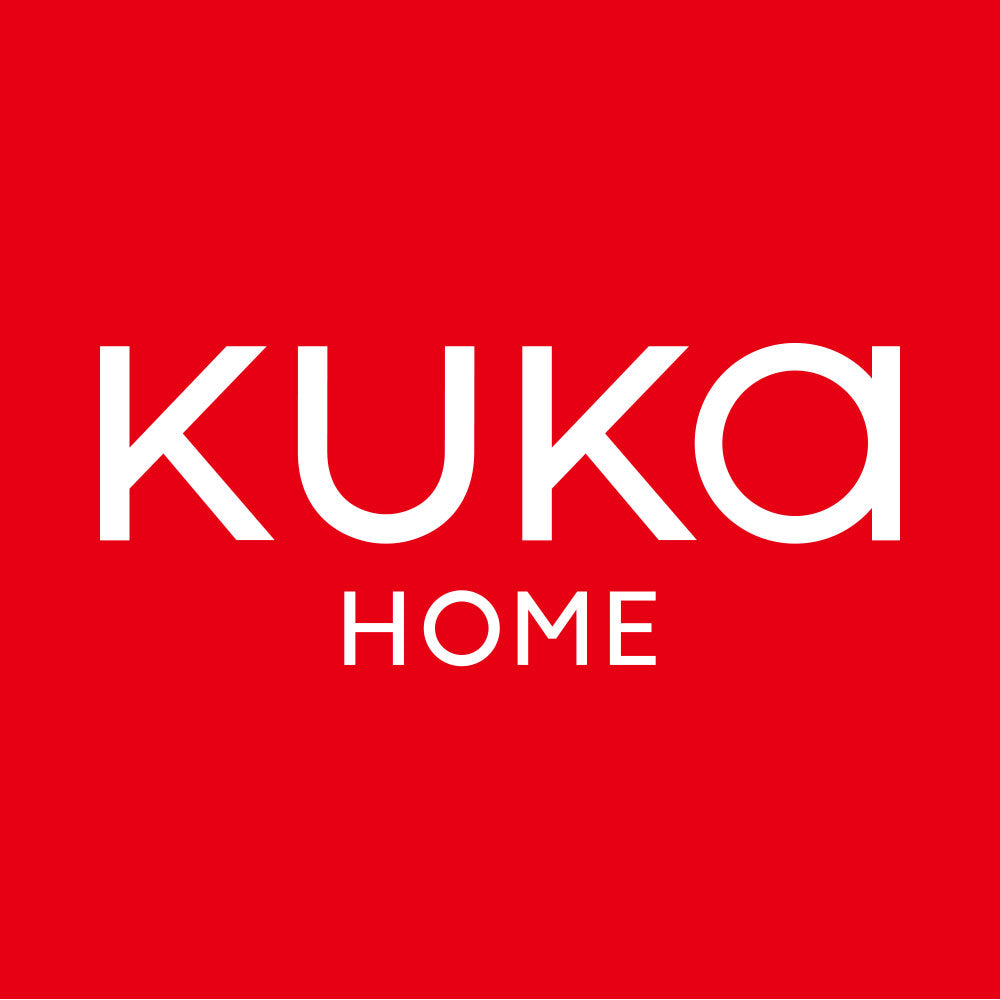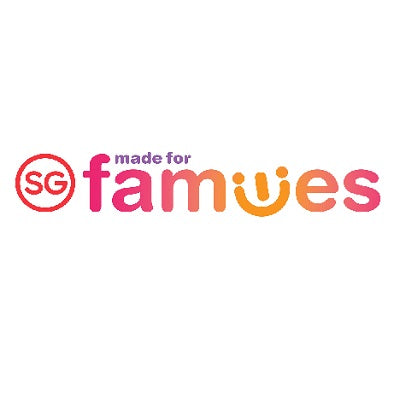Picket&Rail's custom carpentry has gone formaldehyde free for almost 10 years. We have partnered with Asia's largest residential cabinet maker SOGAL Suofeiya. Our custom carpentry works have formaldehyde free certification. This stamps from our concern about the environment. This includes the environment at home.

Reports Of Formaldehyde Poisoning
There has been a series of reports recently about high levels of formaldehyde in homes and rising concerns. Authorities are increasingly concerned about the high levels of formaldehyde in custom carpentry works, as the use of formaldehyde in furniture and adhesives comes under scrutiny. This issue has gained attention after five Members of Parliament (MPs) raised questions in Parliament, calling for stronger action and updated regulations.
Recent media reports have highlighted cases of individuals falling ill due to elevated formaldehyde levels in their custom carpentry and furnishings. In one case, a family had to spend $1,000 on chemical treatments for their wooden cabinets and shelves after their young children repeatedly became unwell. The incident, reported by CNA in July, has drawn attention to the health risks posed by high levels of formaldehyde in residential furniture. Most of the contractors concerned have no formaldehyde free certification.

Calls For Formaldehyde Free Certification
Mr. Melvin Yong (Radin Mas) asked about the number of complaints received by the National Environment Agency (NEA) over the past five years concerning high formaldehyde levels in new furniture. Meanwhile, Dr. Wan Rizal (Jalan Besar GRC) questioned plans to review and update existing regulations on indoor air quality and furniture safety standards.
Formaldehyde, commonly found in resins and glues used in wooden furniture and composite wood products such as plywood and fibreboard, can cause irritation of the eyes, nose, and throat. Long-term exposure has been linked to certain cancers. The rising concerns have led to increased calls for stricter regulations, especially as Singapore prepares to ban formaldehyde in interior paint starting January 2026.

Senior Parliamentary Secretary for Sustainability and the Environment Baey Yam Keng addressed the issue in Parliament, stating that the NEA is "actively studying" formaldehyde use, including reviewing international best practices, guidelines, and regulatory formaldehyde free certification requirements. However, no timeline has been provided for when the review will be completed.
The list of reported incidents are at the end of this article.

Differences Between E0 Standards and Formaldehyde-Free Standards Based on EPA Regulations (40 CFR 770.17)
Many carpenters are adopting the E0 standard through their plywood suppliers, recognizing it as a benchmark for low formaldehyde emissions in wood products. The E0 standard allows formaldehyde emissions of up to 0.5 mg/L, which is relatively low compared to other standards. However, it is important to note that this is not the same as being formaldehyde-free certification. Under the EPA's regulations (40 CFR 770.17), products classified as "no-added formaldehyde-based resins.
Understanding the difference between E0 standards and formaldehyde-free standards under EPA regulations (40 CFR 770.17) is crucial, especially when assessing the environmental impact and safety of wood-based products. While both standards aim to reduce formaldehyde emissions, they vary significantly in their emission thresholds and regulatory requirements. Here's an in-depth look at both.

#1. E0 Standard
The E0 standard is a widely recognized classification that indicates wood-based panels have low formaldehyde emissions. In regions like China, E0 specifies that formaldehyde emissions must not exceed 0.5 mg/L, according to the desiccator test method. While E0 represents a high level of environmental friendliness, it is not formaldehyde-free. This classification is primarily used to highlight products with reduced formaldehyde emissions, but it allows for some presence of formaldehyde.
#2. Formaldehyde-Free Certification Standard (EPA's 40 CFR 770.17) Is Stricter
Under the EPA's regulations, particularly 40 CFR 770.17, products can be classified as "no-added formaldehyde-based resins" (NAF) if they meet strict criteria. To qualify, formaldehyde emissions must not exceed 0.05 parts per million (ppm) for hardwood plywood and 0.06 ppm for particleboard and medium-density fiberboard (MDF). Furthermore, at least 90% of test results must show emissions lower than 0.04 ppm, which is approximately equal to 0.04 mg/L. This stringent standard is much lower than E0, and achieving the NAF designation requires extensive testing and certification by an EPA-recognized third-party certifier.

#3. Key Differences
Emission Limits for Formadehyde Free Certification
The E0 standard permits formaldehyde emissions of up to 0.5 mg/L. Whereas the EPA's NAF designation requires emissions to be no more than 0.05 ppm (around 0.04 mg/L). The EPA's formaldehyde-free standard is about 12.5 times more stringent than the E0 limit. This makes it a much stricter requirement for formaldehyde emissions.
Regulatory Recognition
While the E0 standard is recognized in certain regions like China, it is not part of the EPA's regulatory framework. On the other hand, the NAF designation is a formal classification under EPA regulations. So ensuring compliance through recognized testing and oversight mechanisms.
Formadehyde Free Testing and Certification
To achieve the NAF designation under the EPA's 40 CFR 770.17, manufacturers must undergo rigorous testing and certification by an EPA-recognized third-party certifier. The E0 standard, while stringent, does not require this level of regulatory oversight within the EPA framework.

Conclusion: Choose Custom Carpentry With Formaldehyde Free Certification
In summary, both E0 and formaldehyde-free standards under the EPA focus on reducing formaldehyde emissions in wood products. However, the EPA's formaldehyde-free standard, with its limit of 0.04 ppm (0.04 mg/L), is approximately 12.5 times more stringent than the E0 standard's 0.5 mg/L threshold. This difference in emission limits, along with the requirement for third-party certification under the EPA, underscores the greater level of safety and environmental protection offered by the formaldehyde-free classification and certification.

Sources
https://www.channelnewsasia.com/watch/formaldehyde-homes-be-discussed-parliament-4527836
Recommended Links
- Kitchen Cabinet Collection
- Custom Wardrobe Collection
- Solid Wood & Custom Bunk Bed
- Custom Tatami Storage Beds
Top Kitchen Cabinet Questions
- Can Custom Built-In Kitchen Cabinets Be Designed to Fit Specific Kitchen Layouts and Dimensions?
- Are There Any Special Considerations or Limitations When Installing Custom Built-In Kitchen Cabinets?
- Are There Any Maintenance or Care Requirements for Custom Built-In Kitchen Cabinets?
- What Are Some Popular Design Trends or Features for Custom Built-In Kitchen Cabinets?
- What are Custom Built-In Kitchen Cabinets?
Follow our facebook page for the latest deals.


